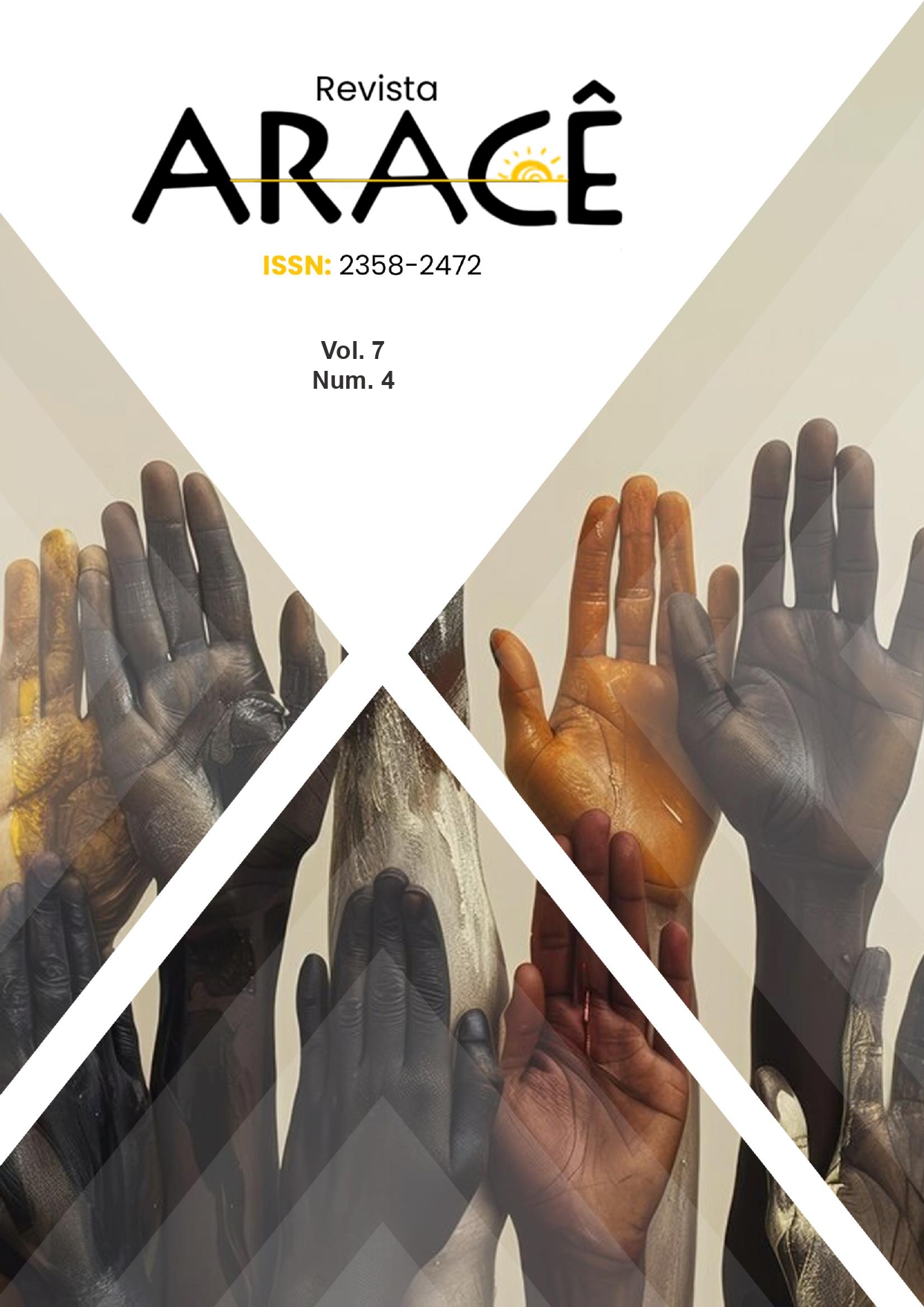ADENOAMIGDALECTOMIA: COMPARAÇÃO ENTRE O MÉTODO FRIO E QUENTE
DOI:
https://doi.org/10.56238/arev7n4-256Palavras-chave:
Amigdalectomia, Técnicas cirúrgicas, Complicações pós-operatóriasResumo
Objetivo: O presente estudo visa analisar e comparar as técnicas de adenoamigdalectomia realizadas por métodos frios e quentes, buscando identificar qual abordagem cirúrgica está associada a melhores desfechos clínicos e menor incidência de complicações pós-operatórias. Metodologia: Foi realizada uma revisão sistemática a partir de pesquisas nas bases PubMed e BVS utilizando os descritores “Tonsillectomy” e “hot and cold technique”, conectados pelo operador booleano AND. Foram incluídos artigos dos últimos cinco anos, sendo revisões sistemáticas, meta-análises ou ensaios clínicos controlados. Ao final da triagem, sete artigos foram analisados. Resultados: Entre os estudos analisados, observou-se que a coblação quente apresentou melhores resultados em relação à dor. Em contrapartida, radiofrequência e diatermia bipolar mostraram maiores índices de dor e sangramentos. A técnica fria demonstrou segurança hemostática, porém com maior intensidade de dor. A irrigação com água fria mostrou-se eficiente para controle álgico. A idade avançada e a presença de amigdalite recorrente foram associadas a maior risco de sangramento. Conclusão: A técnica fria continua sendo segura para controle de sangramentos, enquanto a técnica quente, especialmente com coblação, pode reduzir a dor pós-operatória. A escolha da técnica deve considerar o perfil clínico do paciente, buscando equilíbrio entre segurança e conforto pós-operatório.





